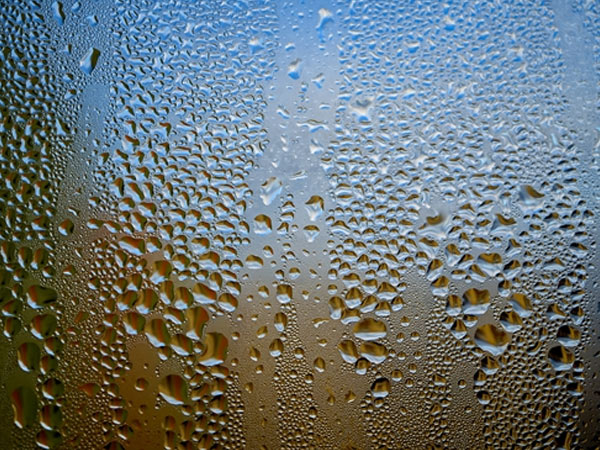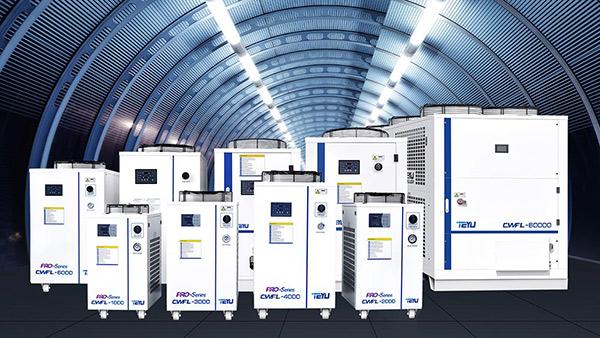In die somer styg temperature, en hoë hitte en humiditeit word die norm, wat die lasermasjien se werkverrigting beïnvloed en selfs skade as gevolg van kondensasie veroorsaak. Hier is 'n paar maatreëls om kondensasie op lasers effektief te voorkom en te verminder gedurende die hoëtemperatuur-somermaande, en sodoende die werkverrigting te beskerm en die lewensduur van jou lasertoerusting te verleng.
Hoe om kondensasie in lasermasjiene gedurende die somer effektief te voorkom
In die somer styg temperature die hoogte in, en hoë hitte en humiditeit word die norm. Vir presisietoerusting wat op lasers staatmaak, kan sulke omgewingstoestande nie net die werkverrigting beïnvloed nie, maar ook skade as gevolg van kondensasie veroorsaak. Daarom is dit noodsaaklik om effektiewe anti-kondensasiemaatreëls te verstaan en te implementeer.

1. Fokus op die voorkoming van kondensasie
In die somer, as gevolg van die temperatuurverskil tussen binne en buite, kan kondensasie maklik op die oppervlak van lasers en hul komponente vorm, wat baie nadelig vir die toerusting is. Om dit te voorkom:
Pas die koelwatertemperatuur aan: Stel die koelwatertemperatuur tussen 30-32℃, en maak seker dat die temperatuurverskil met die kamertemperatuur nie 7℃ oorskry nie. Dit help om die moontlikheid van kondensasie te verminder.
Volg die korrekte afskakelvolgorde: Skakel eers die waterkoeler af wanneer u die masjien afskakel, dan die laser. Dit verhoed dat vog of kondensasie op die toerusting vorm as gevolg van temperatuurverskille wanneer die masjien af is.
Handhaaf 'n Konstante Temperatuur Omgewing: Gebruik lugversorging tydens strawwe warm en vogtige weer om 'n konstante binnenshuise temperatuur te handhaaf, of skakel die lugversorger 'n halfuur aan voordat u die toerusting begin om 'n stabiele werksomgewing te skep.
2. Gee noukeurig aandag aan die verkoelingstelsel
Hoë temperature verhoog die werklas op die verkoelingstelsel. Daarom:
Inspekteer en onderhou die waterkoeler : Voordat die hoëtemperatuurseisoen begin, voer 'n deeglike inspeksie en onderhoud van die verkoelingstelsel uit.
Kies geskikte verkoelingswater: Gebruik gedistilleerde of gesuiwerde water en maak die skaal gereeld skoon om te verseker dat die binnekant van die laser en pype skoon bly, en sodoende die laserkrag te behou.
3. Maak seker dat die kabinet verseël is
Om integriteit te handhaaf, is vesellaserkabinette ontwerp om verseël te wees. Dit word aanbeveel om:
Kontroleer kasdeure gereeld: Maak seker dat alle kasdeure styf toe is.
Inspekteer Kommunikasiebeheer-koppelvlakke: Kontroleer gereeld die beskermende deksels op die kommunikasiebeheer-koppelvlakke aan die agterkant van die kabinet. Maak seker dat hulle behoorlik bedek is en dat gebruikte koppelvlakke stewig vasgemaak is.
4. Volg die korrekte opstartvolgorde
Om te verhoed dat warm en vogtige lug die laserkas binnedring, volg hierdie stappe wanneer u dit opstart:
Begin eers die hoofkrag: Skakel die hoofkrag van die lasermasjien aan (sonder om lig uit te straal) en laat die verkoelingseenheid van die omhulsel vir 30 minute loop om die interne temperatuur en humiditeit te stabiliseer.
Begin die waterverkoeler: Sodra die watertemperatuur stabiliseer, skakel die lasermasjien aan.
Deur hierdie maatreëls te implementeer, kan u kondensasie op lasers gedurende die hoëtemperatuur-somermaande effektief voorkom en verminder, en sodoende die werkverrigting beskerm en die lewensduur van u lasertoerusting verleng.

Ons is hier vir jou wanneer jy ons nodig het.
Voltooi asseblief die vorm om ons te kontak, en ons sal jou graag help.










































































































